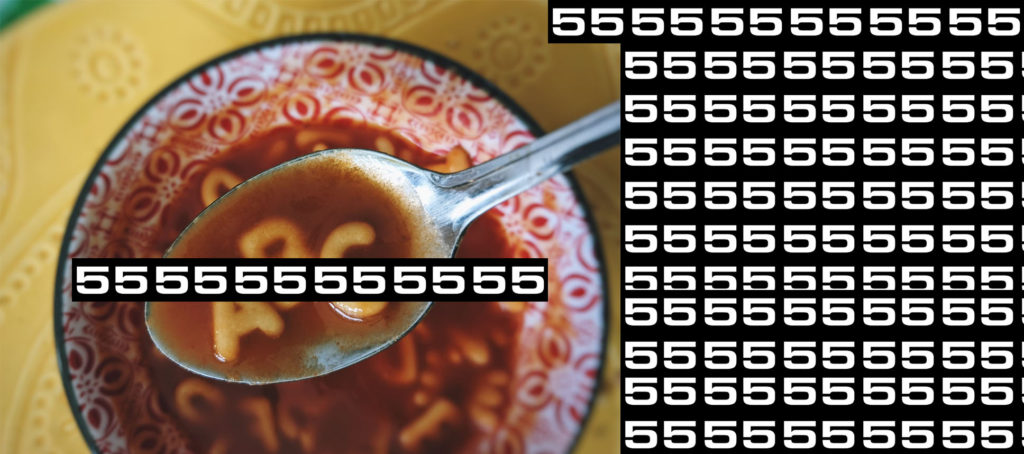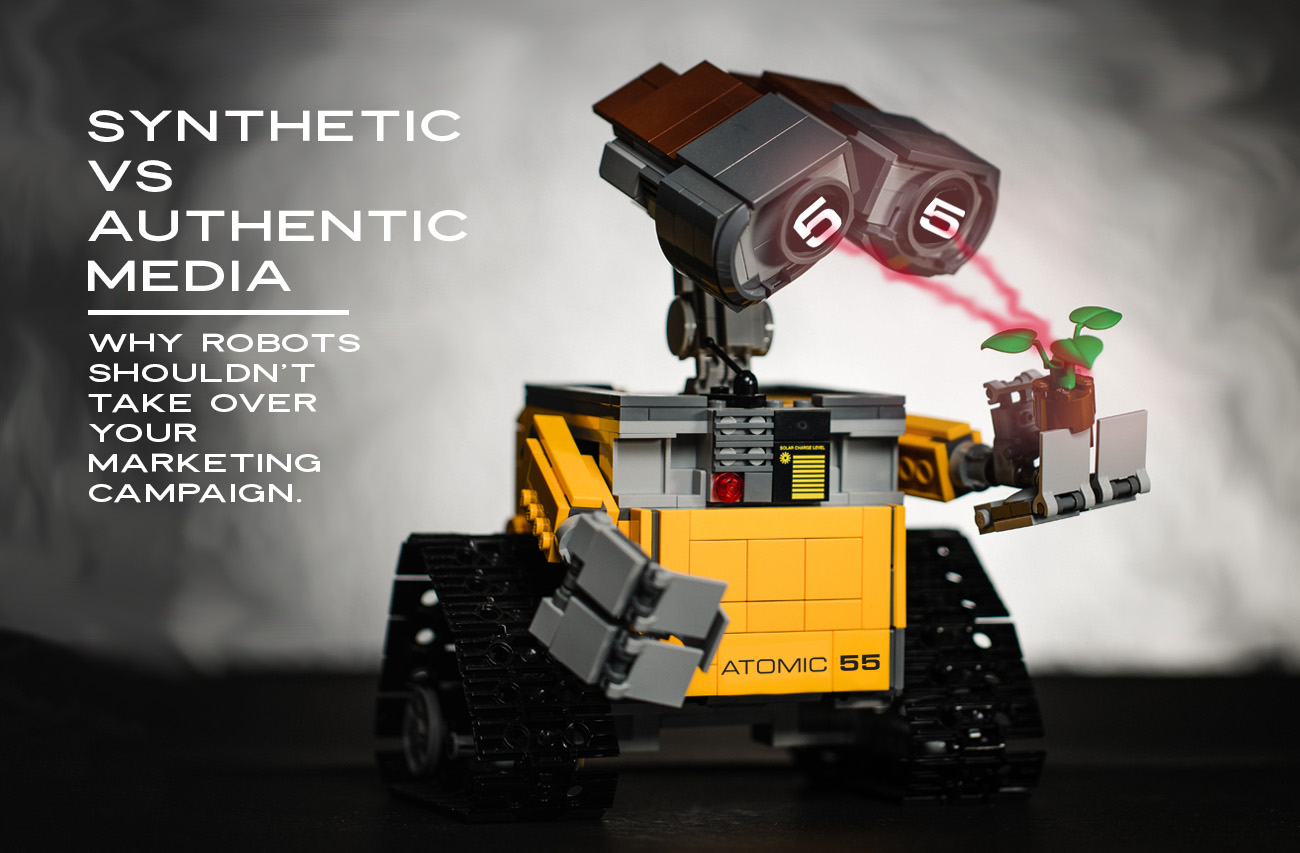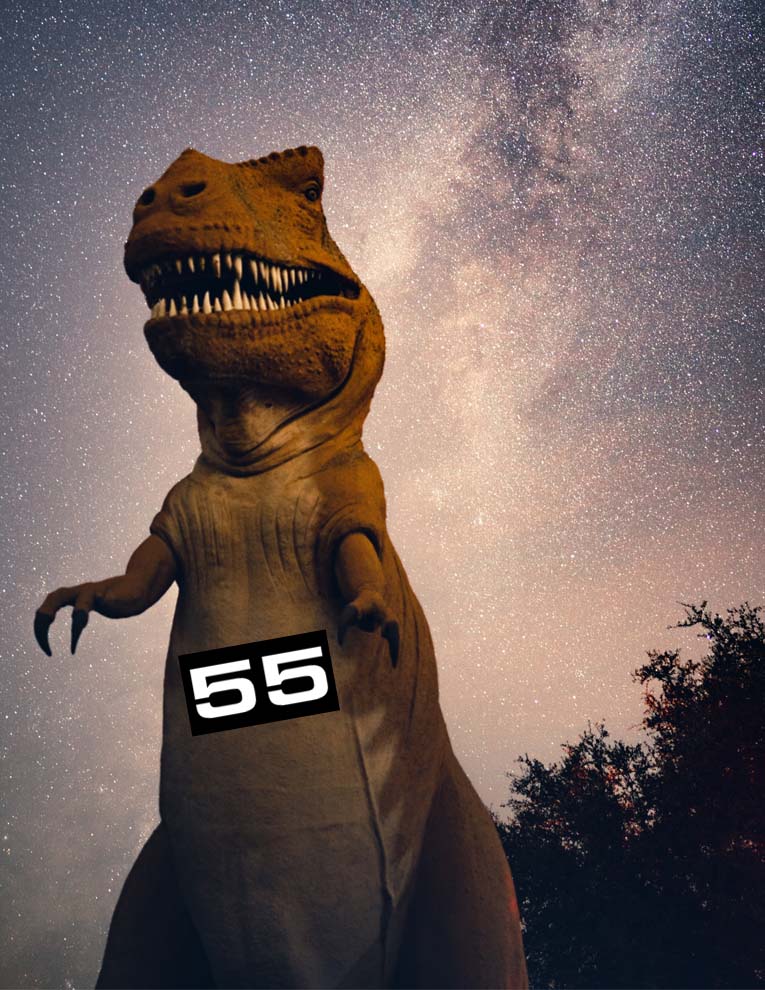
During the process of branding and web design, clients often require the creation or refinement of a logo. Successful logos encapsulate a business’ brand identity and capture the attention of consumers. Memorable logos are both simple in design and relevant to the brand they represent. However, simple does not mean generic in this context. Slapping some clip art together will not yield a notable logo design. Rather, it takes hours of research, starting, starting over, and starting over again until you get to the final product. This messy process is often hidden from both the client and the end-consumer. So, to help you get a better idea of the process behind creating a logo during branding and web design, we wrote this article. Check it out below!
“Making a logo is easy. Right? “
Wrong. Making a logo is arguably one of the most challenging aspects of a designer’s job. But, this often gets overlooked by those who aren’t involved during creation. Most people assume that building a “simple logo” is a fast process. However, the opposite is true. A simple design is often the most challenging. So, when a client tells us they “just want a simple logo” this doesn’t mean that it is going to be any cheaper, easier, or less work. Regardless of how long you’ve been doing graphic design or how “good” you are at your job, there is still a process. And, this process takes time.
If you’re still wondering why it’s hard to create a great logo, we counter with these questions:
- Why is it difficult to write a great novel? All you need is a pen and paper.
- Why is it hard to create a masterpiece painting? All you need is a canvas and some paint.
- Why is it hard to be a chef? All you need is a recipe and kitchen, right?
While any one of these tasks (designing a logo included) can be done by any person, there remains a level of challenge associated with achieving a great end product. The basic requirements for these skills are simple, but the difficulty lies in how much effort and consistency is needed for excellent results.

So, what makes a good logo anyways? To this we answer the following:
- Instantly recognizable
- Clear and legible at any size
- The brand identity remains consistent whether it is in colour, black and white, or grayscale
- The logo can be printed on surface or texture without losing meaning
- The logo can be adapted to suit a wide range of uses
The Steps in Creating a Logo for Branding and Web Design
Ticking all of the boxes above might appear very straightforward. And, when executed properly, it should feel that way. However, in practice, getting to this point is no easy feat. So, let’s take a look at the process to shed light on its intricacies.
Step 1: Research
The first step in any logo design process is to research. This often begins with the design brief from the client. After which, the designer will typically look at comparable logos in the industry, research some of the details from the client’s brief, and find some inspirational imagery. The research phase can take anywhere from a day to a week and is often an ongoing process.
Step 2: Sketching (the old fashioned way)
All great designs begin with pen on paper—or stylus on tablet. The intuitiveness of drawing by hand is always a good place to start when coming up with concepts. It’s also good to help work through the obvious designs and transform them into more unique ideas. If you’re looking for a good one, we highly recommend the reMarkable Paper Tablet:)
Step 3: Translate Sketches Into a Design Software (Adobe Illustrator)
Once the designer has a solid array of hand-sketched designs, they will usually proceed by translating them into their preferred design software. In the industry, Adobe Illustrator is the standard. From here they can play around with the design and fine tune them to start creating potential logos.
This step often involves a lot of back-and-forth communication with the client to ensure that the designer is proceeding in the right direction. If your designer does not communicate with you throughout the process, this could be a red flag!
The Final Steps to see your Logo Over the Finish Line.
Step 4: Back to the Drawing Board
After lots of re-tooling and correspondence with the client, it’s usually time to go back to the trusty pen and paper. From here, the designer can rework their ideas with the clients’ feedback in mind, hopefully reaching more compelling concepts to try out.
Step 5: Re-Composite Designs and Hopefully Achieve an End Product
After re-sketching the designs, it’s back to Illustrator to rework the old and new ideas. During this step, there is usually a break through and the final product is in sight. Once, approval is given by the client and the final tweaks are made, it’s ready for colour! Oh yeah, designers seldom start by designing in colour.
Step 6: Add Colour
Adding colour is one of the last steps that is completed. If the logo is being redesigned then this usually means sticking with the old colour palette or reworking it slightly. However, if the logo/company is new, finding colours that represent the brand-to-be is critical.
Let's talk more about logos and stuff.
To learn more about our logo design process, contact us today. Our team would be happy to help you with all things related to branding and marketing.
For more information about what else we do, feel free to reach out so our guys can talk to your guys. You can find the latest updates about what we’re up to over on our blog for related content. We look forward to working with you someday soon!
As any reputable company will tell you, SEO takes time, planning, and a team that cares about your brand, image, and overall website health. Like anything worthwhile, good SEO takes a consistent content effort to do it right and build a campaign that gets results.




